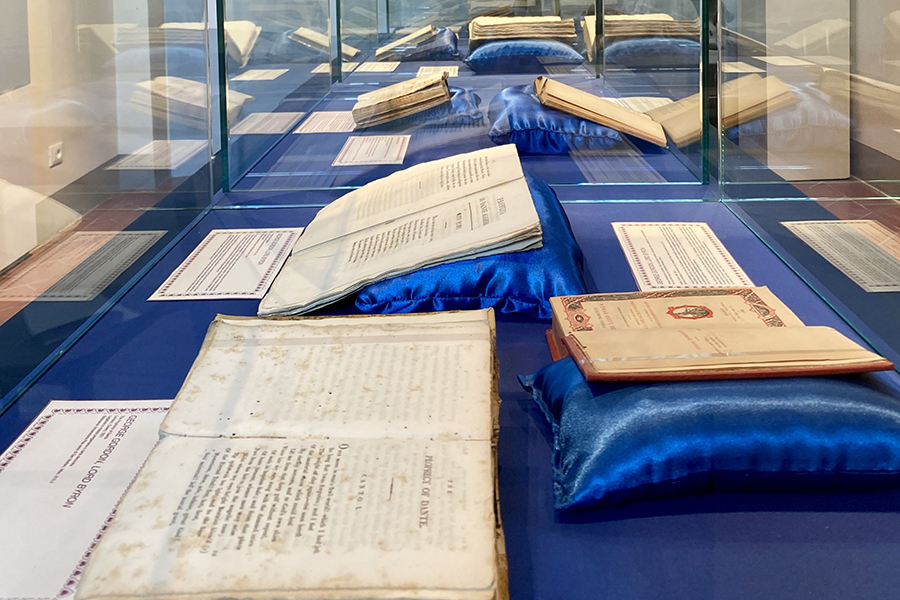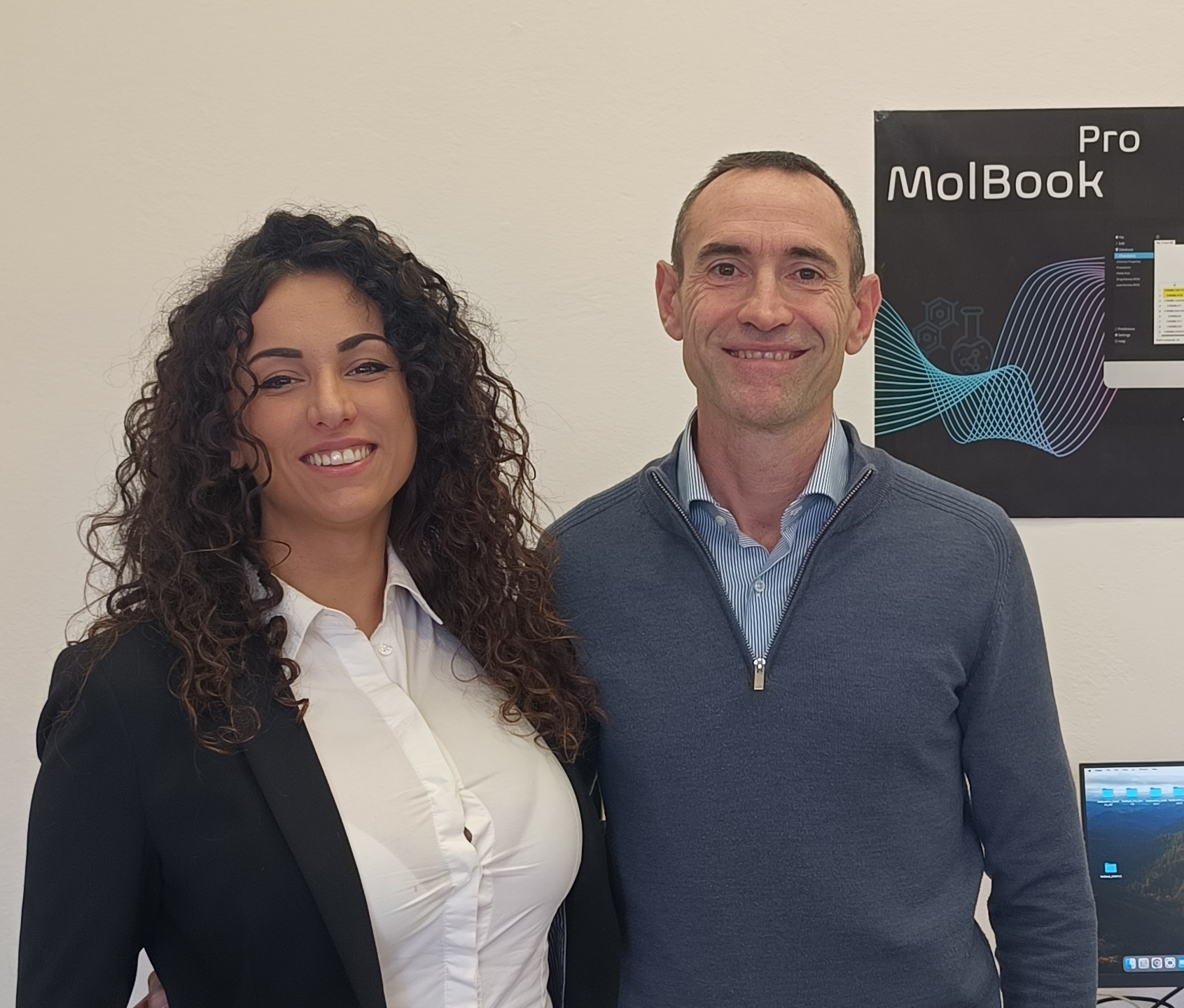On the bicentenary of Lord Byron’s death, Pisa honours the English Romantic poet, who lived in the city between 1821 and 1822, with an exhibition of major historical and literary significance taking place from 27 June to 5 July 2025 in the Torre della Fame, Piazza dei Cavalieri. Entitled “L’incanto dei libri” (The Enchantment of Books), the exhibition is open to the public daily from 10 am to 7 pm. It is organised by the Department of Philology, Literature and Linguistics of the University of Pisa, in collaboration with the Scuola Normale Superiore, the Biblioteca Universitaria di Pisa (Ministry of Culture), and the University Library System. It marks the first exhibition of books and manuscripts hosted in the evocative Torre di Ugolino. The initiative forms part of the cultural programme of the 49th International Conference of the International Association of Byron Societies (IABS), titled The Years That Followed: The Afterlives of Lord Byron, which has brought together over eighty scholars from around the globe to Pisa (iabsconferencepisa2025.com).
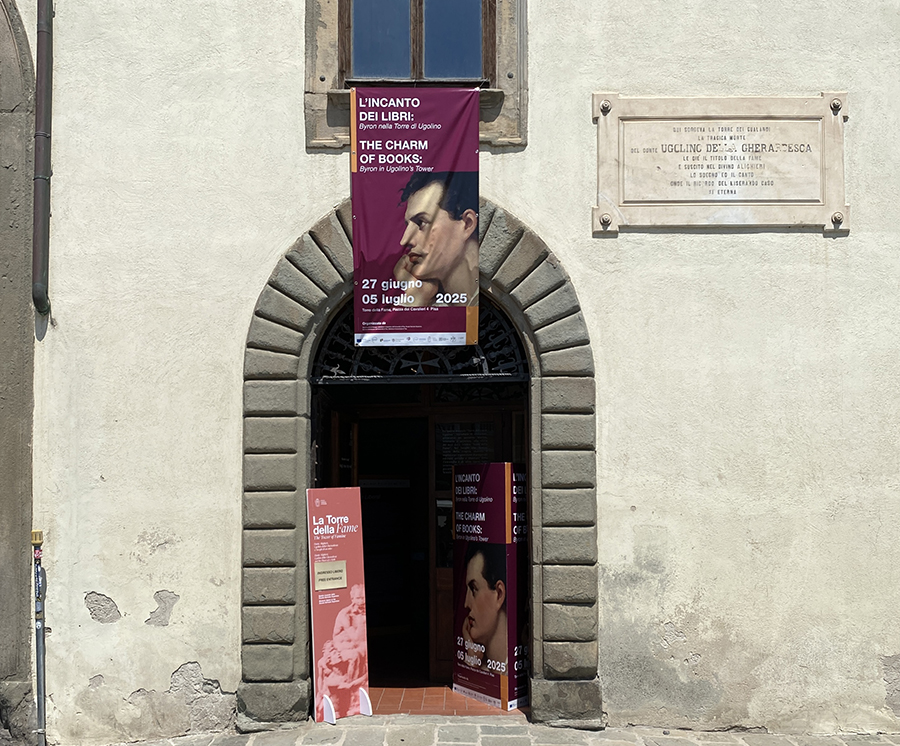
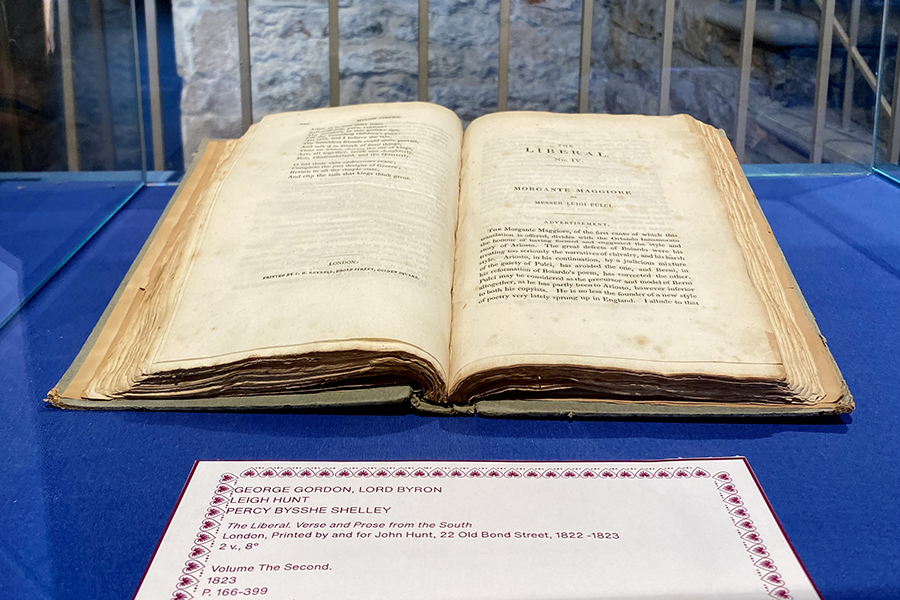
The exhibition is part of a project of relevant national interest (PRIN 2022 Reviving the Liberal: Literature and Politics between Britain and Italy, 1821–23) that investigates Anglo-Italian relations in the early decades of the 19th century, particularly the activities of the Pisan Circle, a group of British poets and intellectuals who resided in Pisa in the early 1820s. The project is led by Roberta Ferrari, full professor of English literature at the FiLeLi Department.
«“The Liberal” was built around an essential cultural project», explains Professor Ferrari. «We know the Romantics cherished the concept of peoples and nations; through their literary works—and Byron even personally by fighting for Greek independence—they championed the freedom of peoples, and the affirmation of languages and cultures. But “The Liberal”’s project goes further. At its heart lies the great European dream, still very much alive today, of fostering dialogue among different peoples, cultures, literatures, and languages, especially through translation.»
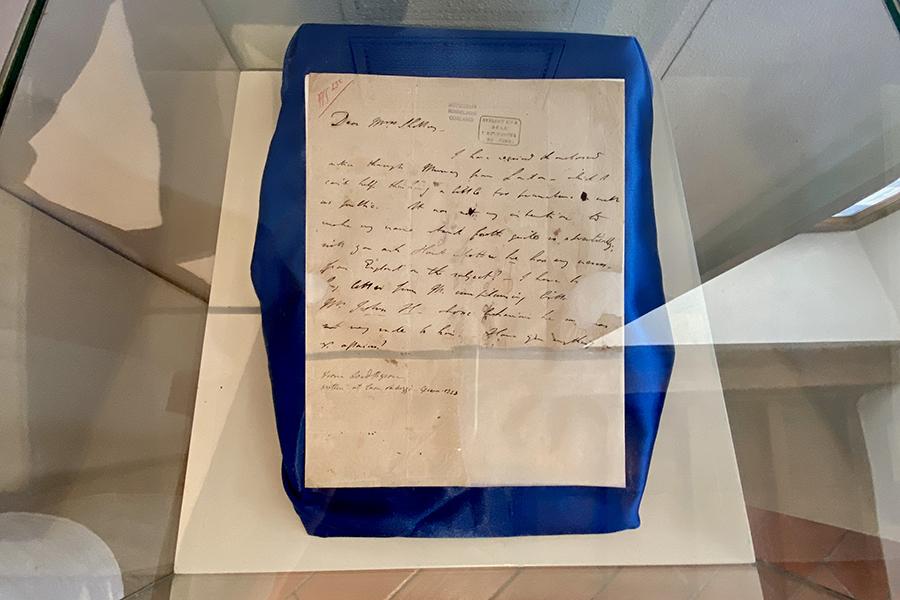
These two rare volumes are exhibited alongside an autograph letter from Byron sent from Genoa to Mary Shelley in 1823, as well as a lock of the poet’s hair, offering visitors the opportunity to engage directly with materials of extraordinary literary and biographical significance. Further enriching the exhibition is a selection of first Italian editions of Byron’s works printed in Pisa by publisher Niccolò Capurro, demonstrating Byron’s early and significant reception within the Tuscan cultural milieu.
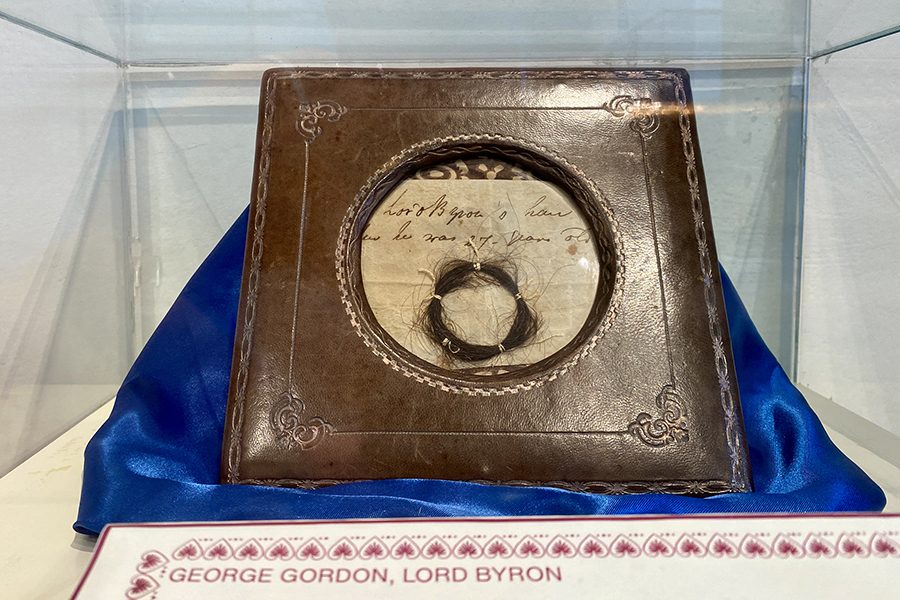
The exhibition aims to highlight Pisa’s ancient literary heritage, focusing on the city’s role as a crossroads of European Romantic culture. The choice to host the exhibition in the Torre della Fame lends it exceptional evocative power, considering Byron’s profound admiration for Dante’s Divina Commedia, especially the Inferno and the canto of Ugolino.
